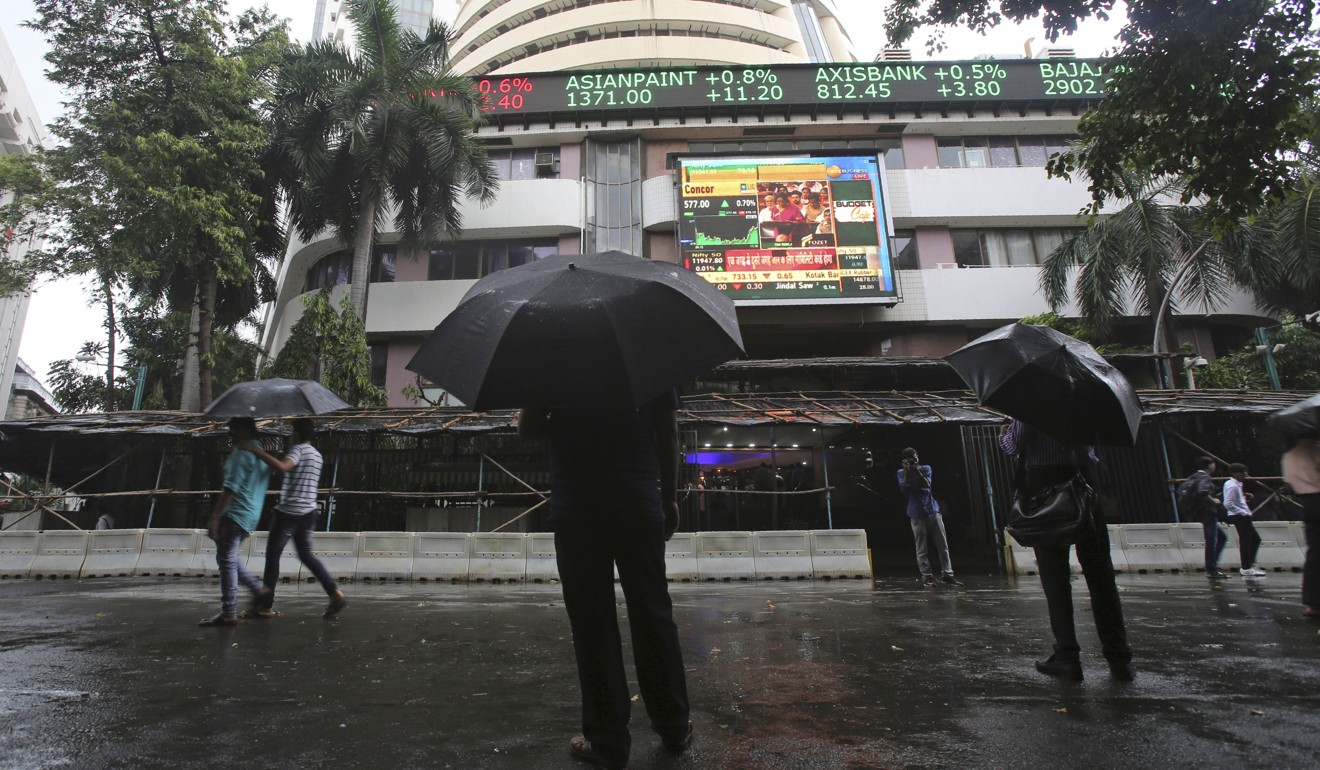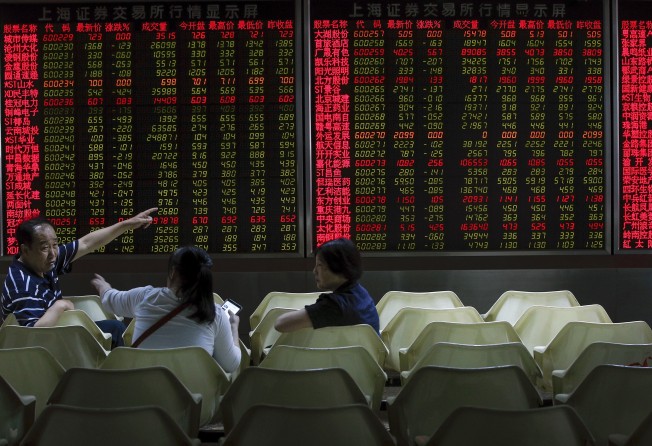
Emerging markets are pulling in funds, but is investor optimism justified?
- While a fund manager survey shows emerging markets are the most popular region for equity investors, growth in these countries is contracting
- China’s ballooning debt-to-GDP ratio amid the trade war will hit emerging Asia hard

This time last year, the MSCI Emerging Markets Index, a leading gauge of stocks in developing economies, was halfway through a brutal sell-off triggered by tighter monetary policy in the United States and the escalation of the US-China trade war.
Fast forward a year and the index is up 7 per cent since the end of May, bringing its year-to-date gain to 9.3 per cent.
In the latest Bank of America Merrill Lynch fund manager survey, which was published last week, emerging markets remained the most popular region for equity investors.
The upbeat sentiment is most evident in recent data on fund flows.

According to a report published by JPMorgan last week, emerging market bond funds have enjoyed six straight weeks of inflows, taking the cumulative inflows this year to US$50 billion, compared with US$16 billion for the whole of 2018.
More surprisingly, given the resilience of the US dollar this year, emerging market currencies are performing well. The MSCI Emerging Market Currency index, a gauge of developing economies’ currencies, has risen 2.5 per cent since the middle of May.
The rally is being fuelled by the two factors responsible for the recent gains across all major asset classes: the outbreak of dovishness on the part of the world’s major central banks, led by the US Federal Reserve, and tentative signs that trade tensions are easing.
Yet, what is troubling about the renewed surge in inflows to emerging markets is that it is occurring at a time when growth in developing economies has slowed dramatically and, in a significant number of countries, is even contracting.
The latest indication of the severity of the slowdown was the publication of data on July 12 showing that Singapore’s economy – a bellwether for global demand given its heavy reliance on trade – unexpectedly shrank in the second quarter of this year.

The fall in output follows a sharp contraction in economic activity in South Korea in the first quarter, which forced the country’s central bank to cut interest rates last week to help shore up an economy that has suffered seven consecutive months of declining exports.
The woes of South Korea – whose economy is deeply embedded in the electronics supply chain that has been disrupted by the trade war – typify the acute challenges faced by emerging markets, whose spectacular growth over the past three decades is being sapped by the forces of deglobalisation and the end of the so-called “supercycle” in commodities.
While the “hunt for yield” looks set to endure, growth in developing nations is likely to remain lacklustre by the standards of the previous decade
While economic forecasts from the International Monetary Fund are invariably ignored by financial markets given that they provide little or no new information – and have often been proved wrong – investors would do well to reflect on the latest batch of estimates published on Tuesday.
The IMF cut its growth forecast for emerging markets this year to just 4.1 per cent, the weakest pace since 2009, and down sharply from an average yearly rate of 6.2 per cent between 2001 and 2010.
The fund noted that the downward revisions were “almost across the board for the major economies”, with emerging Europe set to grow by just 1 per cent and Latin America by a paltry 0.6 per cent.
China’s economy – the driving force behind the most recent growth cycles in emerging markets – poses the biggest threat.
Not only does domestic consumption now account for more than half of China’s output, sapping a major source of demand for many export-led developing economies, the debt-to-gross domestic product ratio of the world’s second-largest economy has exploded since 2008, rising from 170 per cent to over 300 per cent.
This makes China’s slowdown far more dangerous for the rest of the world.
The combination of both of these factors – a collapse in growth in developing countries and the mounting risk of a financial crisis in China – undermines the investment case for emerging markets.
At the very least, it suggests that this year’s rally is overdone.
However, as the Institute of International Finance rightly notes, the dramatic decline in bond yields in advanced economies – Germany’s 10-year yield has dropped to an all-time low of minus 0.38 per cent – is “pushing” money out of Europe and the US into emerging markets, as opposed to stronger growth in developing nations “pulling” funds in.
At the time of writing, the European Central Bank was expected to announce – or at least signal – another round of monetary stimulus, a week before the Fed is widely expected to cut rates. This will push even more money into emerging markets.
Yet, while the “hunt for yield” looks set to endure, growth in developing nations is likely to remain lacklustre by the standards of the previous decade.
The IMF’s forecasts have been wide of the mark before. Yet the collapse in growth in emerging markets is indisputable. Investors should take note.
Nicholas Spiro is a partner at Lauressa Advisory